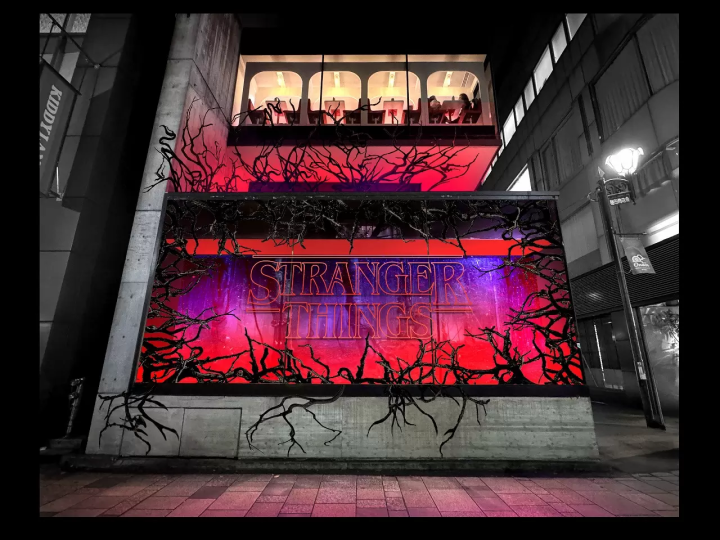Shuni-e, A Todaiji Temple Ceremony Heralding The Arrival Of Spring 2018

Shuni-e is a very unique Buddhist ceremony to welcome spring. The fire-wielding monks running across the bridges in Nigatsu-do (Todaiji Temple, Nara) will burn themselves into your memory!
A History Going Back More Than 1260 Years: What Is Shuni-e?

Photos courtesy of: Nara Visitors Bureau (photography by Akihiko Kimura)
Perhaps most people are familiar with Nara Prefecture’s World Heritage Site, Todaiji.
Shuni-e, the second month ceremony, is a Buddhist ceremony held at Todaiji’s Nigatsu-do in early to mid-March. It is also commonly referred to as Omizutori or Otaimatsu.
The official name of the Shuni-e ceremony is Juichimenkeka, or The Eleven-Faced Repentance. One by one, monks from a special group called rengyoshu enter Nigatsu-do and repent for various transgressions before the eleven-faced statue of Kwannon Bodhisattva, the goddess of mercy. Widely known as a ceremony for inviting an abundant year and keeping away disaster, the ceremony has been held at Todaiji for over 1260 years.
Every night during Shuni-e, the torches which guide the rengyoshu are lit up, and on March 12th, water from the well is offered to Kwannon. From these elements of the ceremony, Shuni-e also came to be known as Otaimatsu (“torchlight”) and Omizutori (“drawing water”).
While the same ceremony is performed nationwide, Todaiji’s Shuni-e ceremony is the most famous, and many people visit the temple to see it every year.
Shuni-e Ceremony Dates And Information In 2018
While Shuni-e was once held in the second month of the year using Japan’s old lunar calendar, it now runs from March 1st until March 15th, ending at dawn. This article will discuss Otaimatsu, Omizutori and Dattanbo Itadakase.
Otaimatsu

Photos courtesy of: Nara Visitors Bureau (photography by Eisuke Ueda)

Photos courtesy of: Nara Visitors Bureau (photography by Akihiko Kimura)
Originally, "otaimatsu" referred to the torches which were used to light the paths of the renshugyo walking along Nigatsu-do. However, the impressive sight of the monks brandishing torches as they ran across the stage led to many tourists coming specifically to watch this part of the Shuni-e ceremony, and resulted in the name "Otaimatsu".

Photos courtesy of: Nara Visitors Bureau (photography by Akihiko Kimura)
It is said that bathing in the sparks from these torches will ensure sound health and protection from illness.
Otaimatsu happens every day during Shuni-e, from the 1st to the 14th, but a particular highlight is on March 12th. On this day, monks wield kagotaimatsu, a large torch up to 30cm in diameter. However, the 12th is an extremely popular day for tourists to visit. If you don’t arrive very early, be warned that you may be unable to see anything.
Otaimatsu Daily Schedule
・March 1st, 2018 - March 11th, 13th 19:00-19:20
・March 12th, 2018 19:30-20:15
・March 14th, 2018 18:30-18:40
Omizutori
In this rite, water called “okosui” is drawn from the Wakasai well under Nigatsu-do, then offered to the eleven-faced Kwannon statue. You can see the monks as they descend the flight of stone steps from Nigatsu-do, guided by their handheld torches and the sound of music, arrive at the Wakasai well, then return to Nigatsu-do.
Omizutori Daily Schedule
March 12th-13th, late at night (around 1:30 AM)
Receiving The Dattan Hat (Dattanbo Itadakase)
This ritual is held on March 15th, after Shuni-e is over. The rengyoshu monks let children wear the hat which they wore during Dattan, one of the rites held during Shuni-e. Wearing the hat works as a prayer for healthy growth and development, and anyone can join.
Dattanbo Itadakase Daily Schedule
March 15th, 2018 10:00-15:00
Getting To Todaiji, The Venue For Shuni-e
There will be a lot of traffic during Shuni-e, so head to Todaiji on public transportation.
There are city-operated loop buses that leave from Nara Station on the JR Yamatoji Line and the Kintetsu Line. Via bus, get off at Daibutsuden Kasuga Taisha-mae and walk for five minutes. You can also get to Todaiji from Kintetsu Nara Station on foot, which takes about 20 minutes. We recommend walking over so you can enjoy the Nara townscape.
Points To Remember Whenn Visiting The Temple During Shuni-e

Photos courtesy of: Nara Visitors Bureau (photography by Eisuke Ueda)
Shuni-e is held as a Buddhist ceremony. Avoid doing anything to hinder the proceedings, and do not run inside the grounds.
Since there are so many tourists who visit Todaiji during the time for Otaimatsu, on some days you may be unable to see it. The 12th is particularly busy, so if your schedule will allow it, we recommend trying for a different day.
Also, it will still be cold in March, and nights will get particularly chilly, so make sure to have a coat or other thick clothes before setting off.
Be mindful of safety measures and your surroundings, and enjoy Todaiji’s historic ceremony, Shuni-e.











![[Open on December 20th and 21st] Free admission to Ikoma Sanjo Amusement Park, just 45 minutes from Osaka](https://resources.matcha-jp.com/resize/720x2000/2024/08/28-194409.webp)


































